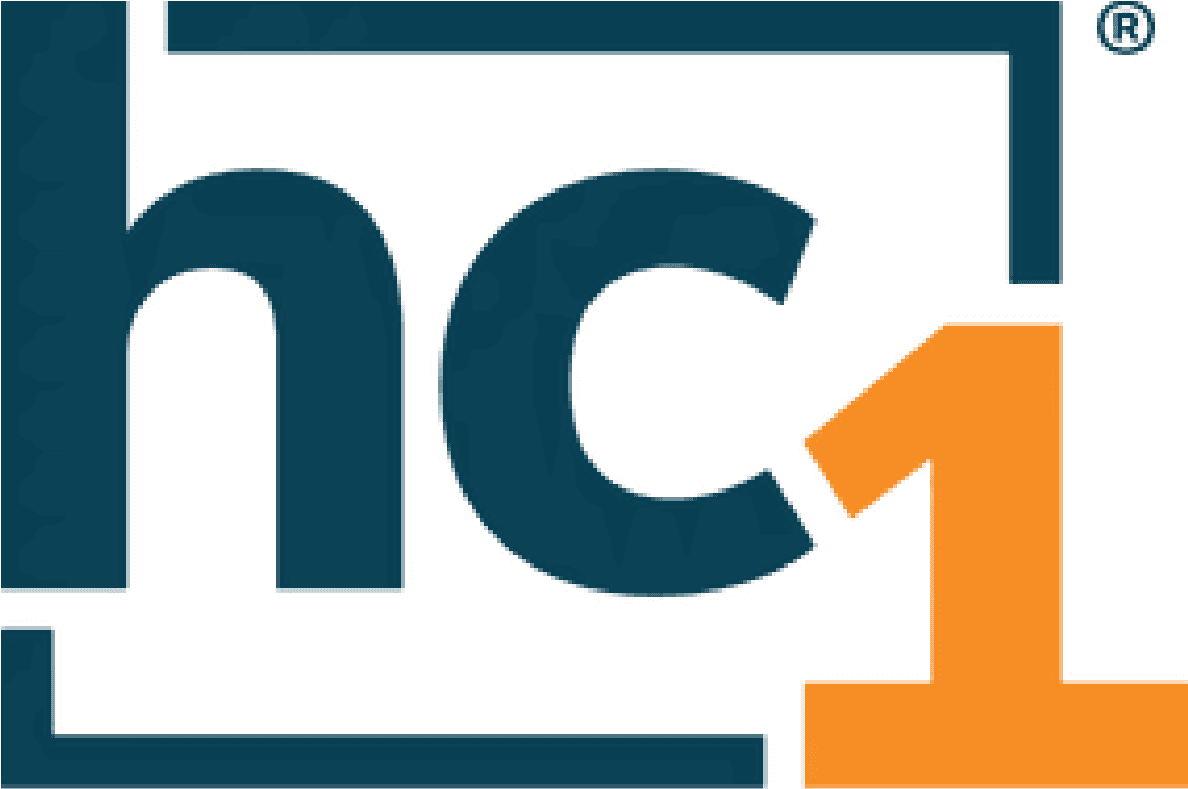February 1, 2023
Sendout testing is one of the largest expenses for labs, from large reference labs and health systems to smaller clinical labs and medical facilities. With some labs spending millions of dollars a year on sendouts across dozens of reference labs while being asked to cut costs wherever possible, it is imperative to closely monitor sendout testing costs and performance.
Here are four steps you can take to improve your lab’s sendout testing process.
1. Standardize where similar lab tests are being sent
Most labs expect to send tests out to multiple different reference labs. Different labs have different specialties, and some may offer better pricing or faster turnaround times than others.
Multi-site organizations—whether a health system or a large commercial lab—face a different challenge. Often, different ordering locations within an organization send the same or similar tests to different reference labs. This can occur due to:
- An organization making an acquisition, but leaving operations as-is
- Lack of communication between departments or locations
- Simply, lack of visibility into the data
Take a look at your sendout data across all your locations and identify any instances where this may be occurring. See if there are opportunities to consolidate where your locations are sending the same or similar tests. Whether you look to achieve the lowest price, the fastest turnaround time or a balance of the two, standardizing your sendout process will help save significant time and effort.
2. Optimize pricing to reduce sendout spend
As mentioned earlier, sendouts are one of the biggest bills in the lab. And with healthcare organizations facing more and more pressure to reduce costs, that sendout bill is a logical place to start.
The first step to optimizing your sendout spending is to analyze all your data across your various reference labs. Identify the reference labs and tests with the highest costs, then work with those vendors to negotiate better rates or move specific tests to another lab with lower prices. Continue to analyze this data over time to ensure you’re always getting optimal prices.
Additionally, you can look internally and identify specific ordering locations or providers with higher-than-expected spending on sendouts. Work with those groups to optimize their test ordering behavior to help reduce spending where possible.
3. Drive accountability on sendout turnaround time
Consistent turnaround time delays can have a significant impact on both patient care and the bottom line, from the inconvenience and added cost of redraws to the loss of partnerships due to missed service level agreements (SLAs).
It is important to regularly monitor turnaround time data for each of your reference labs to ensure they are meeting their SLAs. When they are not, have that data on hand to drive accountability and ensure that your reference labs perform as expected.
4. Assess whether certain sendouts should be brought in-house
With all this data in hand, you are likely to uncover specific sendout tests that cost too much, are not being turned around fast enough or both. If you are unable to drive change through your reference lab to lower costs and/or turnaround times, another option to consider is bringing the tests in-house.
Assess what it would cost to run the specific tests in your lab, factoring in supplies, staffing and any equipment that would need to be purchased. Additionally, determine what a realistic turnaround time would be for your lab to perform the test.
Compare both sets of numbers and, based on your organization’s priorities, make the decision on whether it would be worthwhile to bring the sendout tests in-house.
Next Steps
While the above steps may sound great in theory, many organizations lack the insights they need to make these types of informed decisions on their sendout testing. While reference labs often provide utilization reports with data on the sendouts they receive, each lab sends a different format, the data is not in real-time and there is no way to verify the information.
To overcome these challenges, hc1 has developed a solution to help labs transform their sendout process.
hc1 Sendout Management™ consolidates data across all your reference labs to provide real-time insight into performance and cost to inform operational decisions. Intuitive dashboards include key metrics like volume, total and average spend and turnaround time, enabling lab management to standardize their sendout process, ensure they are getting the best prices and drive accountability on performance benchmarks.
Are you ready to get started on optimizing your sendout process and spending? Request a demo of hc1 Sendout Management today.
_______________________________________________________________
Mackin Bannon is the product marketing manager for hc1. Mackin held a variety of roles covering nearly every area of marketing before settling on product marketing as a focus and joining hc1 in 2022. During the workday, he enjoys bringing stories to life in clear and creative ways, and in his free time, he enjoys following his favorite sports teams, collecting vinyl records and exploring Indianapolis.












